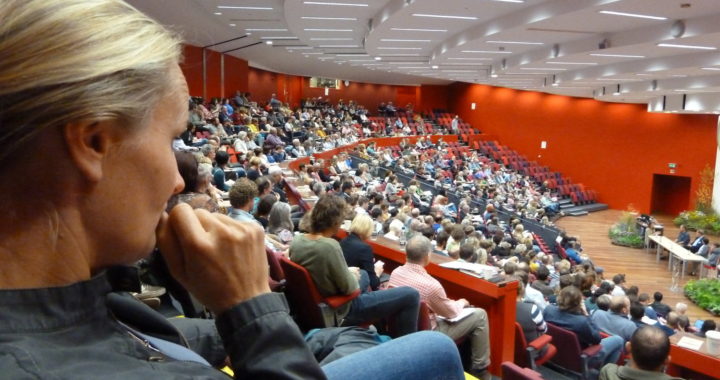Regina und ich (Anneliese) hatten letzte Woche die wunderbare Gelegenheit am ‘Beth Chatto Symposium’ in England teilzunehmen. Da wir immer noch Englisch denken, haben wir entschlossen, den Text in Englisch zu veröffentlichen. Für alle die Deutsch lesen wollen, Google Übersetzungen funktionieren mittlerweile recht gut ;-).
Imagine going to a music festival where all your favourite bands are playing, and the acts you didn’t already know will rock your world from now on too. That’s how I felt last week taking part in the Beth Chatto Symposium at the University of Essex where 500 plantlovers from 27 nations came together to discuss ‘Ecological Planting in the 21st Century’. The event was held in honour of Beth Chatto, an inspirational plantswomen who influenced so many gardeners all over the world.
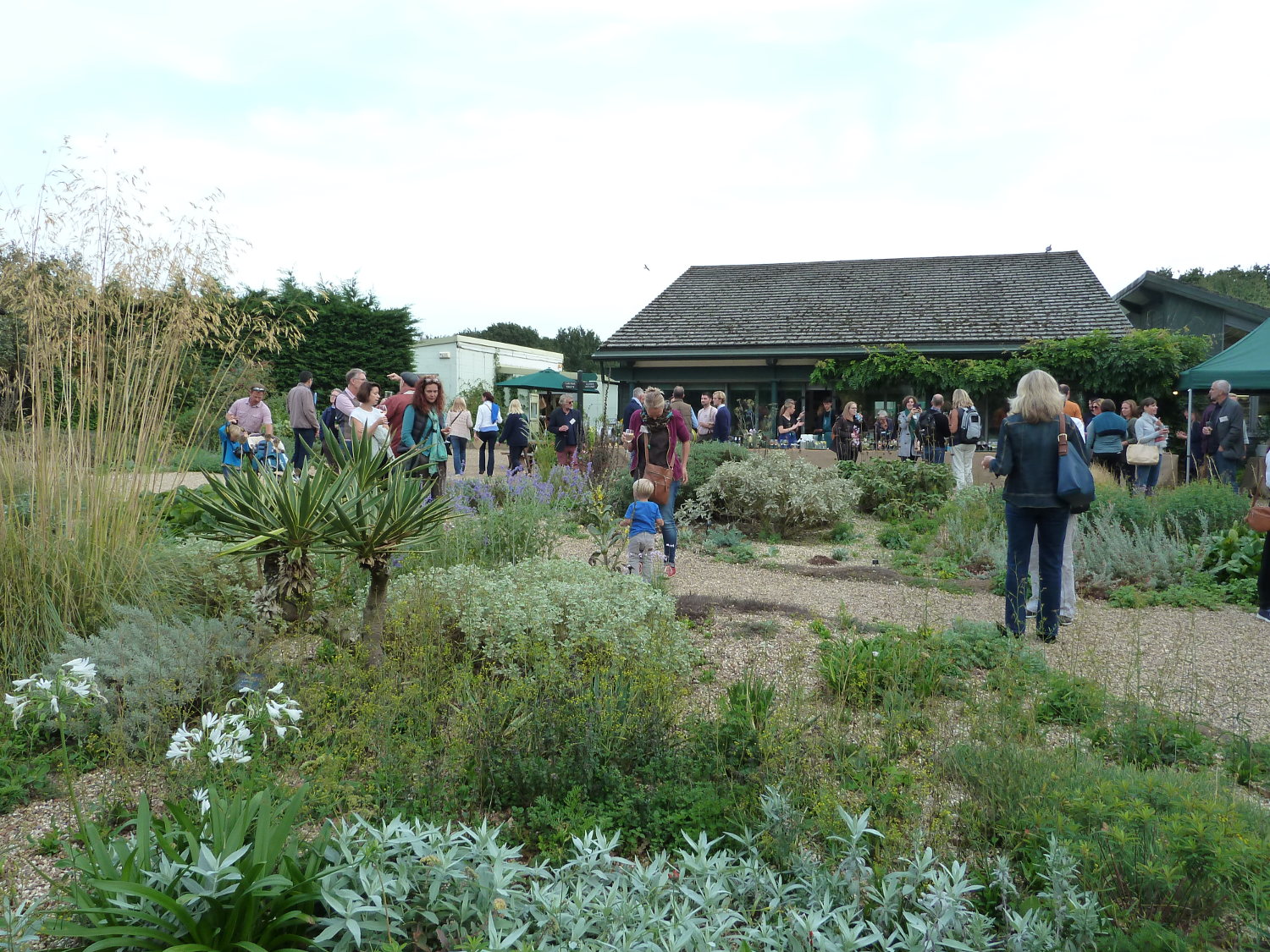
Garden party at the Beth Chatto Gardens
I am still buzzing and inspired by the input of such talented, passionate people and feeling truly blessed to have had this opportunity. Originally this was meant to be a short facebook post, however the words just wouldn’t stop appearing on screen out while sitting in a little British seaside town after a morning swim reflecting on the last few days.
So what is Ecological Planting? Not an easy question to answer since there are various interpretations apart from the scientific definition. Noel Kingsbury discussed this in his blog a few days ago (highly recommended). Maybe ecological planting is a spectrum and can be anything from plant conservation to utilising a wide variety of native and non-native plants to encourage diversity. For me, humans are part of the ecosystem and therefore any design should take humans into consideration. As Andi Pettis from The High Line said, if people like having a small lawn on The High Line to linger on, they shall have that monoculture even if a mixed perennial planting in that space would give home to a wider range of flora and fauna. I think it is also very important that people can ‘read’ and relate to ecological plantings if these plantings are meant to be there for the long term.

Dan Pearson talking about his work in Lowther Castle and the Tokachi Millennium Forest
It is a fact that our environment is changing, luckily plants can be very adaptable. But this change also means that we might have to be a bit more tolerant when it comes to the question of native or non-native plants. With regards to invasive plants it was discussed at the conference that it is very hard to predict which species will become invasive because location and growing conditions are key factors.
Cassian Schmidt said that there is a big gap between plant collections in Europe and what species are actually available in the trade. This gives me confidence that we are on the right path opening the nursery and making some of these rarer plants available to the public.
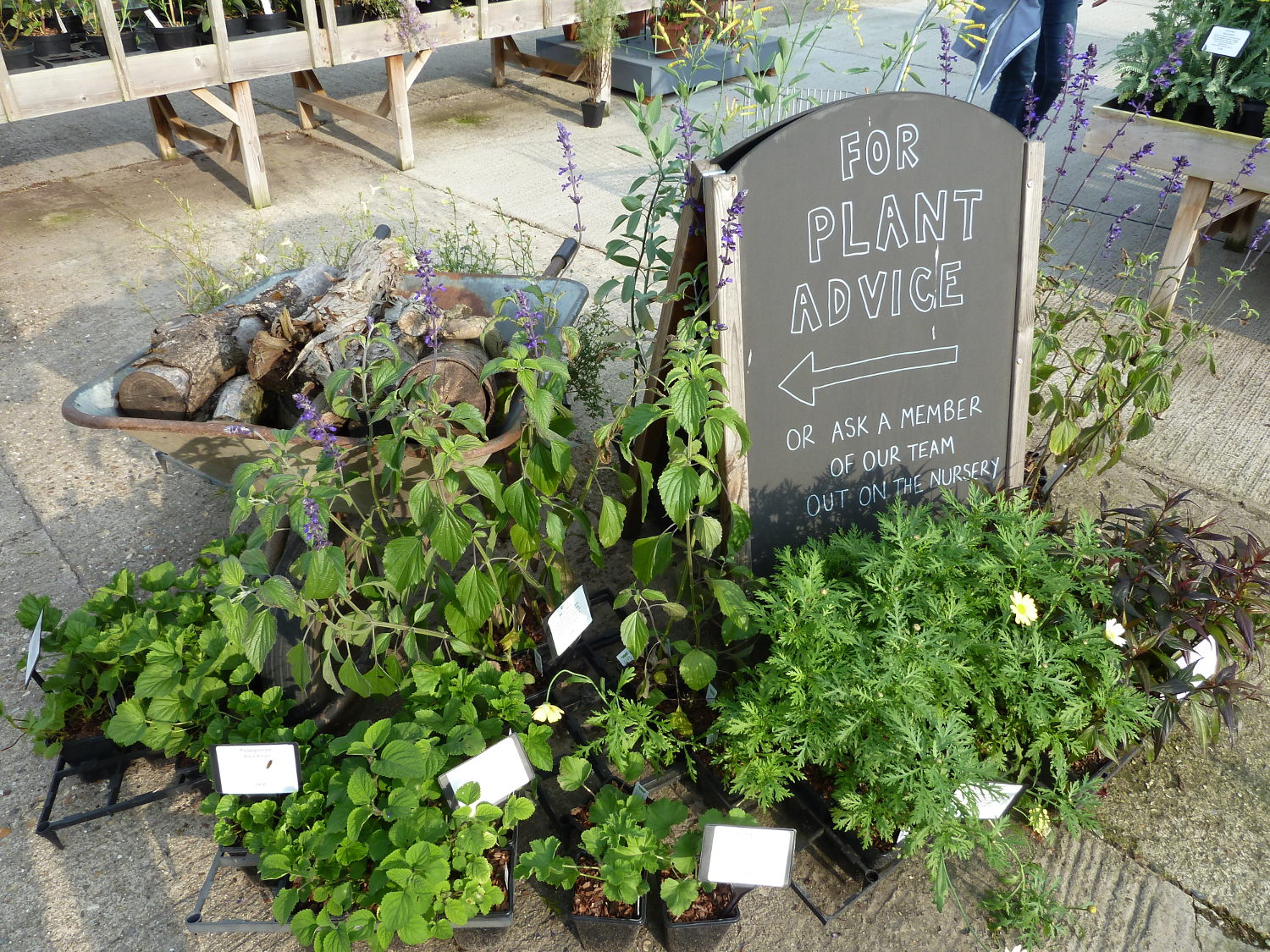
A display in the Beth Chatto Nursery
The event was quite philosophical and emotional at times going back to fundamental questions like ‘why do we garden?’. James Hitchmough summed it up quite nicely: to bring joy. Dan Pearson talked about creating a sense of place where humans can become centred, which is becoming increasingly important in the fast-paced world we live in.
Gardening is always disturbance, often an effort to slow down or even stop succession at a certain point in time to preserve a certain picture of the garden or space (this can be very hard work as you know). On the question of maintenance we could take a more relaxed approach, embracing change and working with nature rather against it. As Midori Shintani asked, isn’t one of the great challenges and pleasures in gardening to react and embrace that change? Isn’t working with living things that don’t always stick to the rule book what makes our profession so interesting? Peter Janke makes an effort to communicate to his clients that a garden will change, that it is a performance that should be allowed.
But this more relaxed approach requires a great deal of knowledge about plants and the conditions they grow in. Which is why I want more than ever to get out into the wild in various parts of the world and to study plants and their environments. I feel that plant design looks more harmonious if one is aware of natural or semi-natural plant communities. I wonder if the layman feels the same way? Educating our customers and the wider public certainly is part of the challenge. Do people actually like naturalistic planting? We are drawn outside and can find a lot of comfort and joy in a natural environment. At the same time nature can appear ‘messy’, even scary to some.
James Hitchmough said that all 500 people in that lecture hall live in a bubble; we are all part of a cult.
But what a great cult to be in. Feeling connected and blessed.
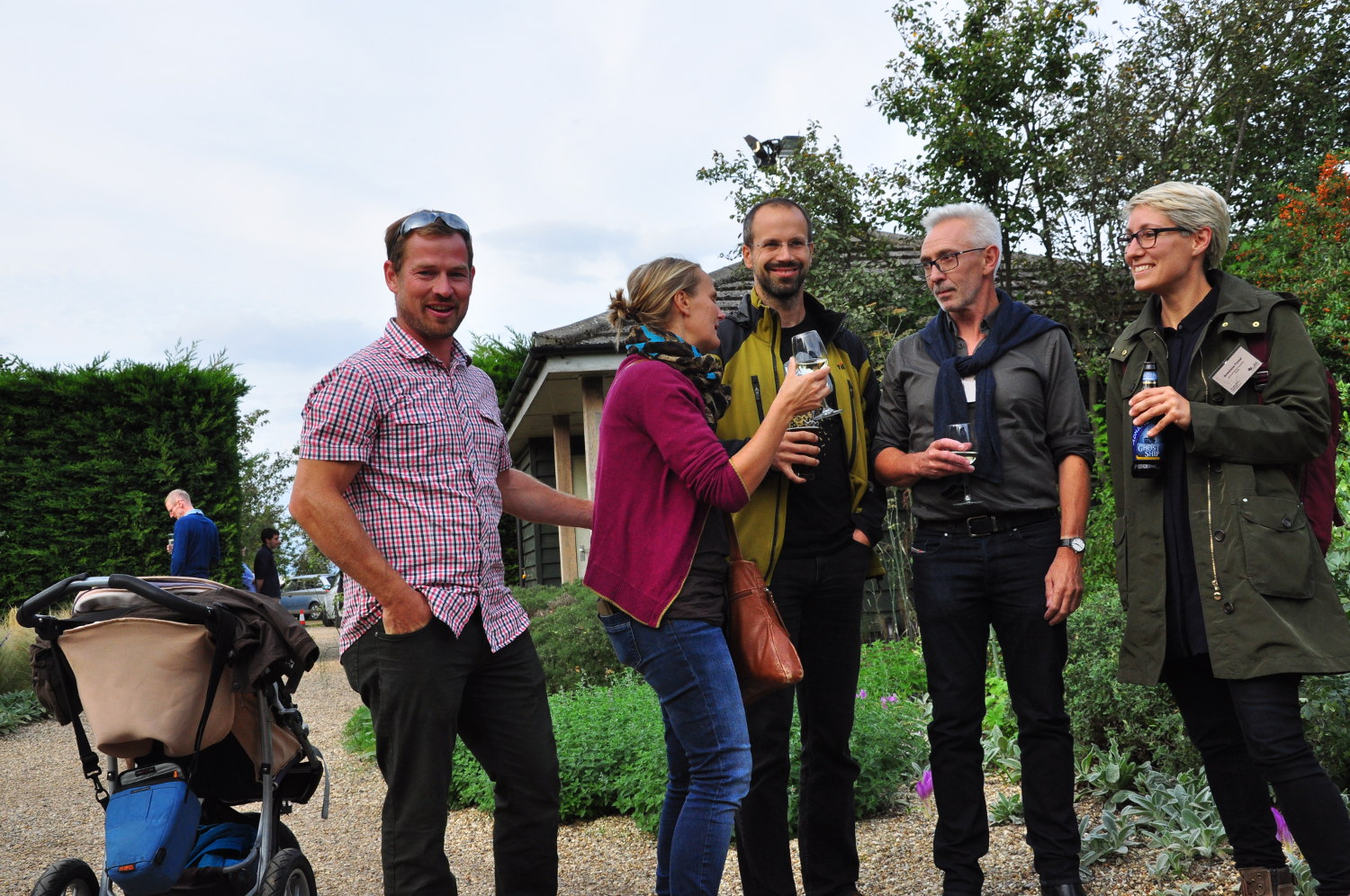
The Bognerhof Team reflecting on the day with Adam Baros from Silva Tarouca Research Institue, Pruhonice and James Hitchmough, Sheffield University.
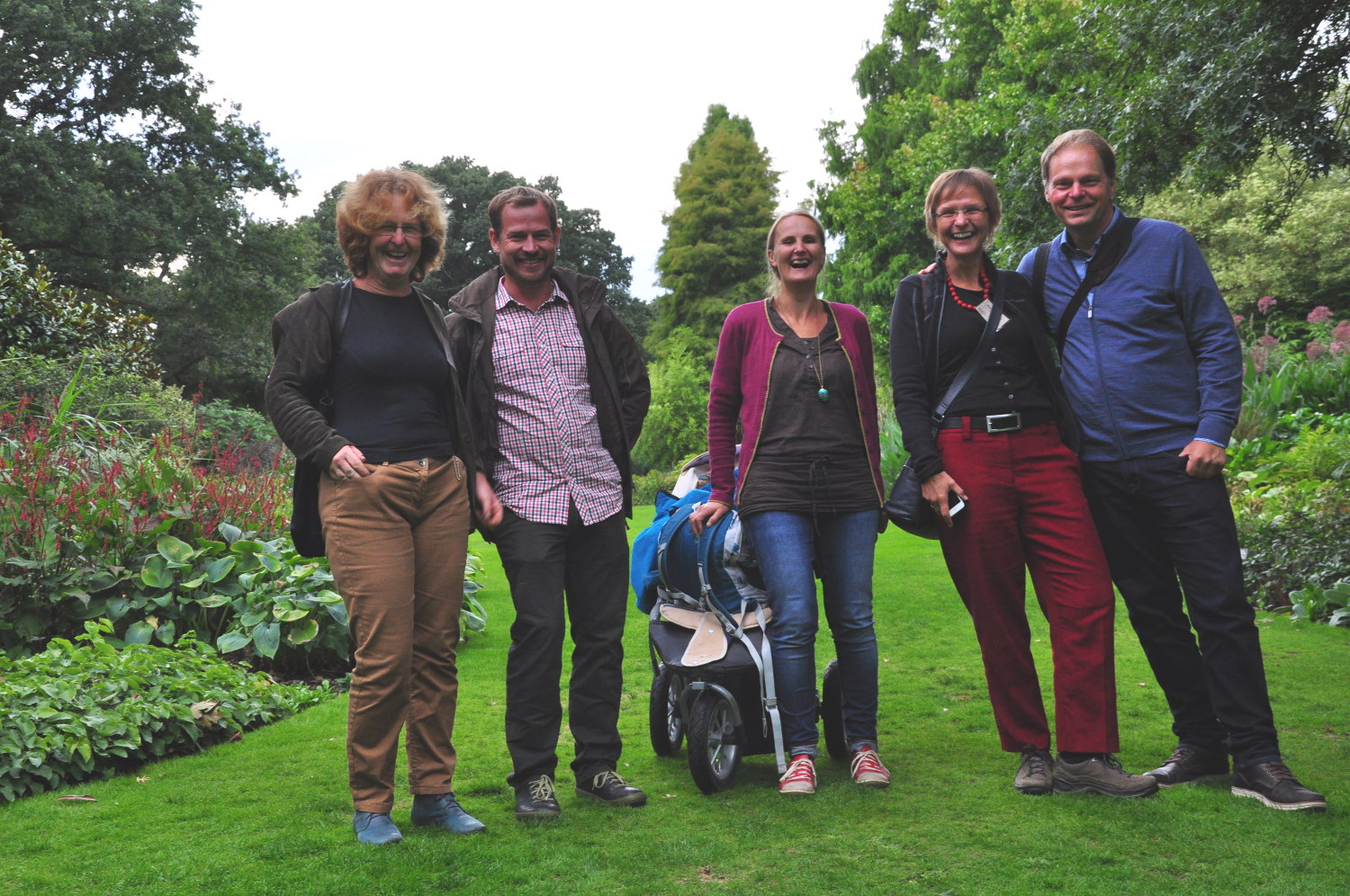
Lots of familiar faces. Beatrice Krehl, Stefan Kastenhofer, Regina Hinterleitner, Bettina Jaugstetter and Cassian Schmidt

